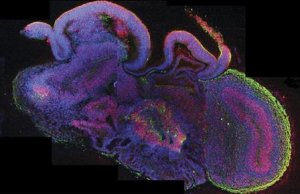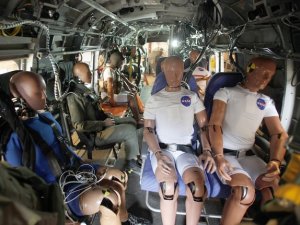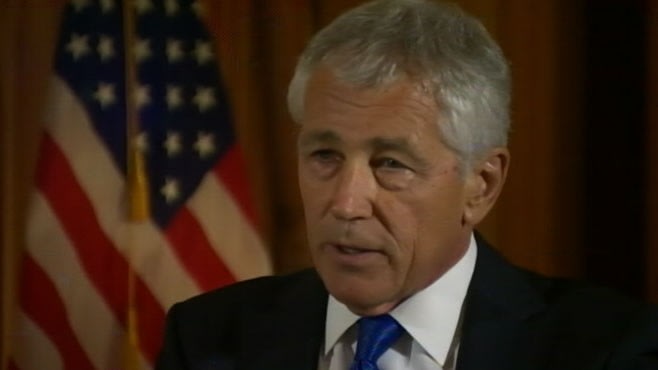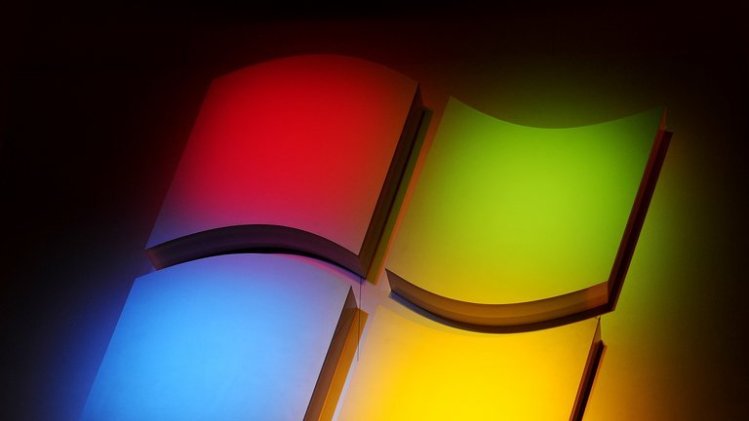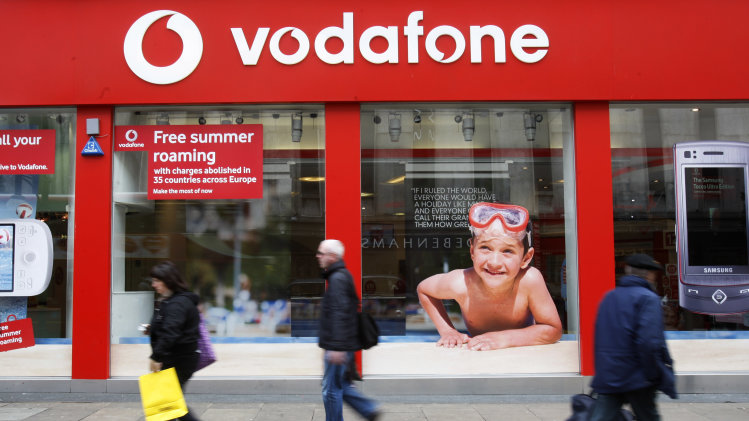
"LONDON (AP) — Britain's Vodafone PLC, one of the world's largest cellphone companies, confirmed Thursday that it was talking to Verizon Communications about selling its stake in Verizon Wireless, the No. 1 mobile carrier in the U.S.
The U.K. company is mulling its options for its 45 percent stake in Verizon Wireless. Verizon Communications owns the other 55 percent.
Analysts have suggested that Verizon wants to pay around $100 billion for Vodafone's stake, although reports have said that U.K. group is pressing for as much as $130 billion.
Verizon shares rose $3.55, or 7.6 percent, to $50.11 in premarket trading about an hour before the U.S. stock market opening. Meanwhile Vodafone's London-listed share price rose 8.8 percent to 2.06 pounds.
Vodafone, which has wide-ranging interests and is expanding in Europe, has long been rumored to be interested in a U.S. exit. Talks on a sale earlier reportedly broke down over price and tax concerns — and Vodafone stressed that there was no certainty a deal could be reached.
But competition among cellphone providers and other companies moving into the cellphone space is pushing both companies toward a deal, said Ronald Klingebiel, a telecommunications specialist with Warwick Business School. Vodafone also had little influence on Verizon Wireless' day-to-day operations, which made its stake more of an investment than a base from which to expand into the U.S. market.
"This would be a happy moment to exit," Klingebiel said.
At the same time, Vodafone is pushing ahead with a takeover bid for Germany's biggest cable operator, Kabel Deutschland, as part of its strategy to dominate media services in Europe, its biggest market.
If approved by regulators, Vodafone would gain 32.4 million mobile, 5 million broadband and 7.6 million direct TV customers in Germany. It has 19.2 million mobile customers in the UK, where it has been under intense competition.
Any proceeds from a Verizon Wireless sale would add to Vodafone's war chest for further acquisition or allow the company to pay down debt.
But analysts have been cautious, wary of Vodafone's track record on mergers.
The research company Dealogic lists Vodafone Airtouch PLC's merger with Mannesmann AG as a $171.3 billion deal — the biggest ever. Many analysts at the time believed the German company was overvalued."
The U.K. company is mulling its options for its 45 percent stake in Verizon Wireless. Verizon Communications owns the other 55 percent.
Analysts have suggested that Verizon wants to pay around $100 billion for Vodafone's stake, although reports have said that U.K. group is pressing for as much as $130 billion.
Verizon shares rose $3.55, or 7.6 percent, to $50.11 in premarket trading about an hour before the U.S. stock market opening. Meanwhile Vodafone's London-listed share price rose 8.8 percent to 2.06 pounds.
Vodafone, which has wide-ranging interests and is expanding in Europe, has long been rumored to be interested in a U.S. exit. Talks on a sale earlier reportedly broke down over price and tax concerns — and Vodafone stressed that there was no certainty a deal could be reached.
But competition among cellphone providers and other companies moving into the cellphone space is pushing both companies toward a deal, said Ronald Klingebiel, a telecommunications specialist with Warwick Business School. Vodafone also had little influence on Verizon Wireless' day-to-day operations, which made its stake more of an investment than a base from which to expand into the U.S. market.
"This would be a happy moment to exit," Klingebiel said.
At the same time, Vodafone is pushing ahead with a takeover bid for Germany's biggest cable operator, Kabel Deutschland, as part of its strategy to dominate media services in Europe, its biggest market.
If approved by regulators, Vodafone would gain 32.4 million mobile, 5 million broadband and 7.6 million direct TV customers in Germany. It has 19.2 million mobile customers in the UK, where it has been under intense competition.
Any proceeds from a Verizon Wireless sale would add to Vodafone's war chest for further acquisition or allow the company to pay down debt.
But analysts have been cautious, wary of Vodafone's track record on mergers.
The research company Dealogic lists Vodafone Airtouch PLC's merger with Mannesmann AG as a $171.3 billion deal — the biggest ever. Many analysts at the time believed the German company was overvalued."
